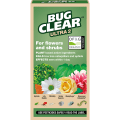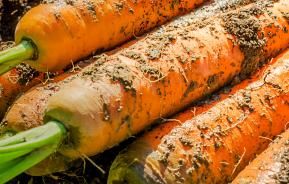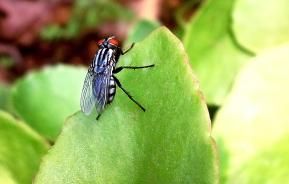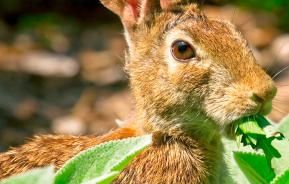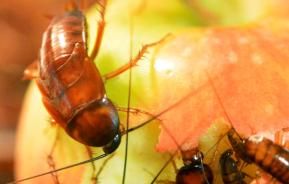Carrot root fly is probably the most serious pest of carrot crops. Although affected roots can still be eaten, it does reduce the amount of usable root and it can take ages in the kitchen cutting out the affected parts.
Description
Carrot root fly adults are small and you'd be hard-pressed to recognise them or see them flying around. They lay their eggs at the base of the developing carrot plant.
The larvae bury into the roots of carrots, parsnips, celery and celeriac causing disfiguring black 'mines'. This then leads to the roots rotting.
Symptoms
The foliage usually turns yellow, orange or red in colour and may wilt. The roots are tunnelled by maggots.
Treatment and control
No chemical treatment is available, but the following cultural advice is helpful.
Sow seed sparsely and do not thin seedlings – the smell of the foliage attracts the female fly.
After sowing seeds, cover the crop with very fine mesh or, better still, horticultural fleece to deny the female fly access to lay her eggs.
Some varieties, such as Fly Away, Maestro, Resistafly and Sytan, are said to be more resistant than standard varieties.

